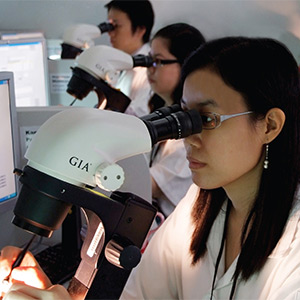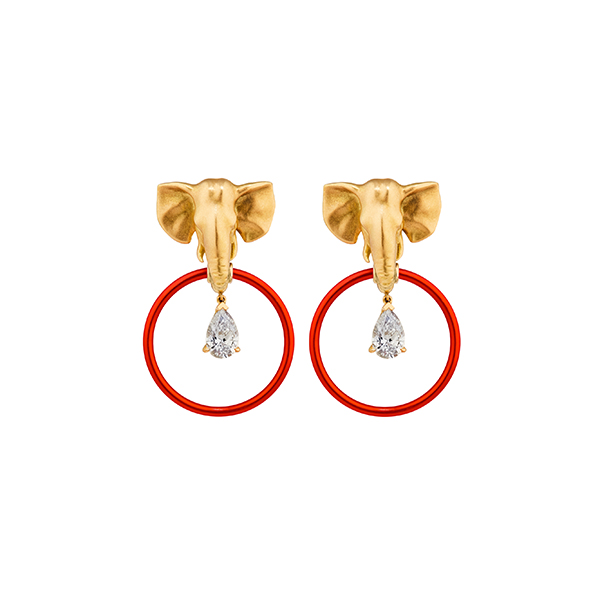
Gemologists Louise de Rothschild and Keagan Ramsamy were both working in the jewelry department of Paris-based auctioneer Pierre Bergé & Associés when they realized they had a shared vision.
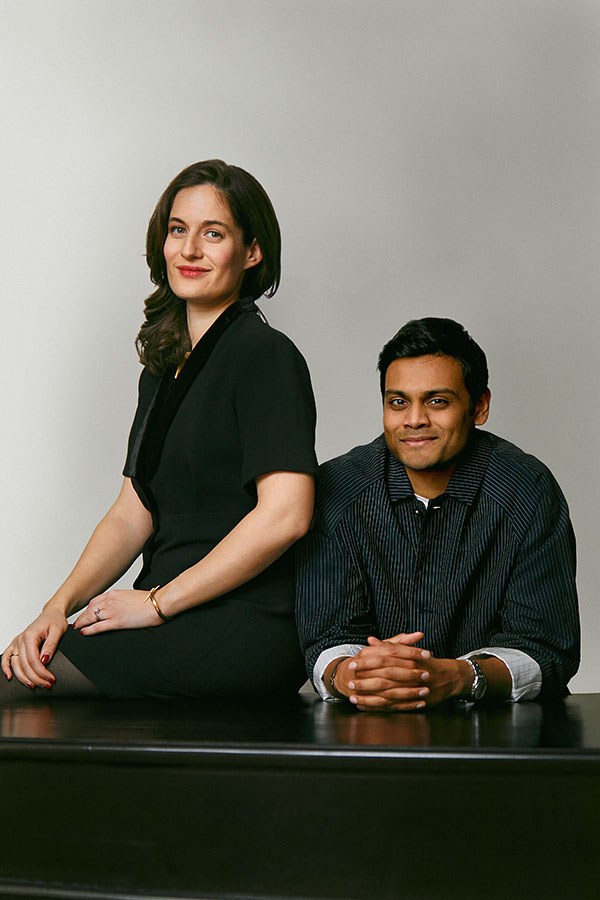
“Our dream was to contribute to the next chapter in jewelry’s great history,” de Rothschild tells JCK. “Natural resources are limited; therefore, it was obvious to us that we would create a jewelry house that uses modern resources that are both precious and respectful of the environment.”
In September 2022, they introduced Mazarin, a lab-grown jewelry brand named after a collection of 18 exceptional diamonds assembled in the 17th century by Cardinal Mazarin, godfather and later chief minister to Louis XIV.
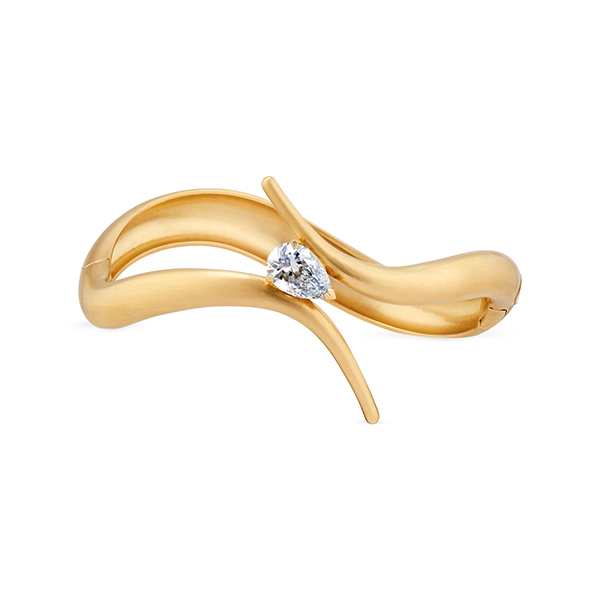
The brand specializes in both bridal and fashion designs priced from 1,000 euros to 33,000 euros (about $1,093 to $36,074). “Most of our pieces are set with colorless diamonds. However, we have a few colored lab-grown diamonds that we propose for our bridal collection, including a range of yellow diamonds and a few pink diamonds,” says de Rothschild, the brand’s CEO.
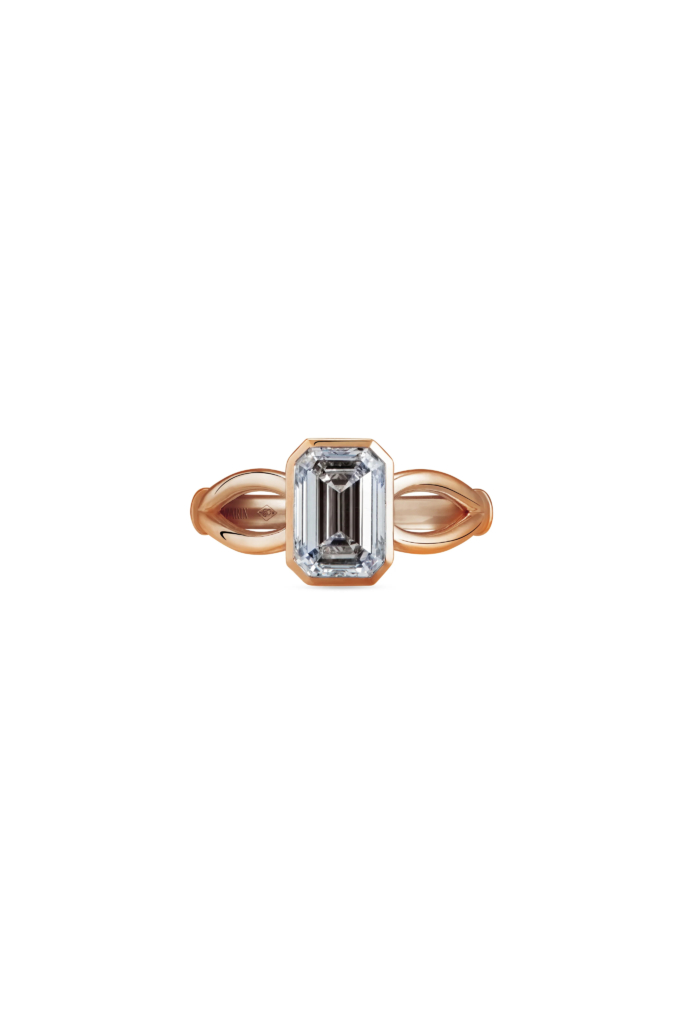
Grown in France and in the U.S., the diamonds are cut by a Mazarin partner in India. The jewelry is made entirely in France (the brand’s signature Elephant and Eboris collections are made in workshops near Place Vendôme).
Below, de Rothschild answers our questions, and explains why she believes lab-grown diamonds are the new gateway to luxury.
Why did you opt to use lab-grown diamonds as opposed to natural?
At Mazarin, we believe a more eternal future for jewelry starts by fusing traditional and new savoir-faire. We are proud to help pioneer the sublime new savoir-faire of crafting lab-grown diamonds, born from an awe-inspiring process combining nature and technology. As gemologists and jewelry historians, we are enthralled by the beauty, possibility, and values inherent in lab-grown diamonds, which share the exact same properties as mined diamonds but with origins we are proud to stand behind.
Tell us about the elephant totem and its significance.
Mazarin has found its expression in a powerful animal: the elephant. This majestic creature not only represents memory, generosity, and happiness but is also an ancient tradition in figurative jewelry. Indeed, the elephant is a meaningful symbol in numerous cultures: of power and temperance in the West, strength and power in Africa, knowledge and wisdom in Hindu mythology, and vigor and intelligence in China.
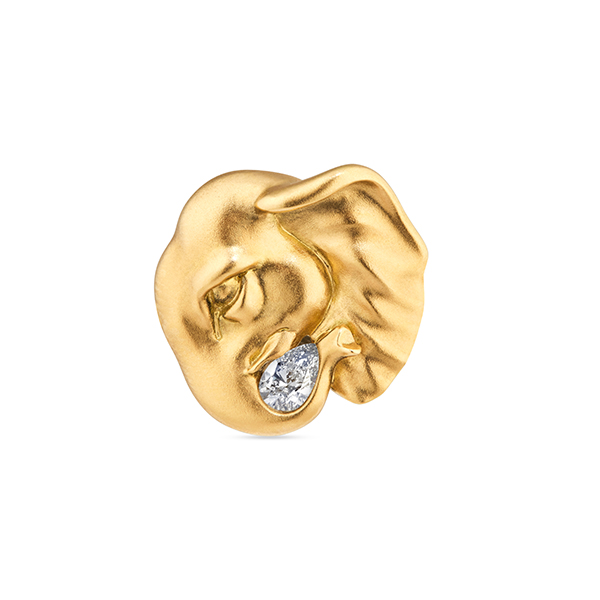
As Keagan and I are both attached to the past and to heritage, we were very touched by the messages conveyed by the elephant. The signature Elephant collection makes a statement with its literal but very pure and naturalist interpretation.
Where is the brand currently sold?
We have a showroom on rue du Faubourg Saint-Honoré in Paris where clients come upon appointment. We also sell on our e-shop and on Moda Operandi in the U.S.
We are actively developing the distribution this year in Europe and in the U.S. In June we will launch our collections at the store WHITEbIRD in Paris, and we have a number of pop-ups that are scheduled all around Europe.
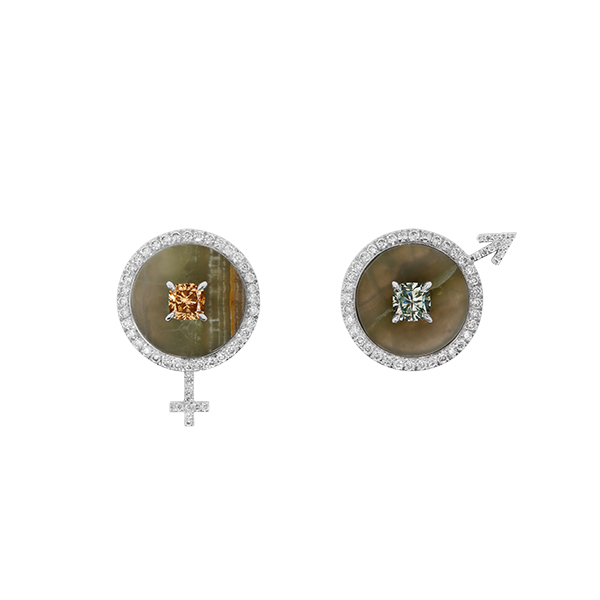
What are your plans for the U.S. market?
We are looking this year to expand our distribution in the U.S. by opening pop-ups in stores in New York, Miami, and L.A., but also to have a presence on online retailers. Our goal is to open a store in New York within years, as we believe there is a strong fit between our brand and what consumers want in the U.S.
In a big-picture sense, how would you describe the future of lab-grown diamonds? What will the market look like in five years?
At Mazarin, we firmly believe that mined and lab-grown will coexist. We believe that natural resources are dwindling, and the jewelry industry has to open up to lab-growns for “entry to luxury” lines.
The market of lab-grown diamonds will continue to grow extensively in upcoming years. The lab-grown diamond industry is constantly evolving, with advancements in technology and ongoing research and development. Manufacturers, polishers, and jewelry designers are investing in new technological experiments and capabilities to meet the growing demand.
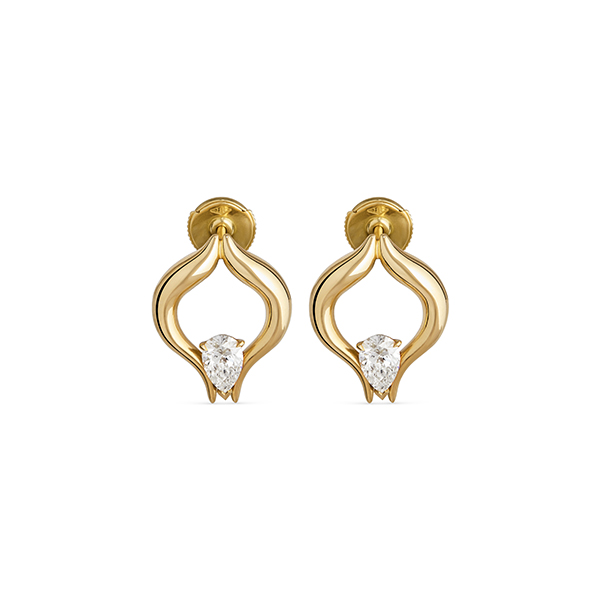
I strongly believe that in five years, most millennials will want to have a lab-grown diamond ring as an engagement ring and that they will come to us seeking stones that have not been mined and come from short production chains. I also believe more and more high-end companies such as LVMH will use lab-grown diamonds.
Top: Elephant Ear Motifs in 18k yellow gold with 0.5 ct. t.w. pear-shape lab-grown diamonds, $9,545
- Subscribe to the JCK News Daily
- Subscribe to the JCK Special Report
- Follow JCK on Instagram: @jckmagazine
- Follow JCK on X: @jckmagazine
- Follow JCK on Facebook: @jckmagazine

